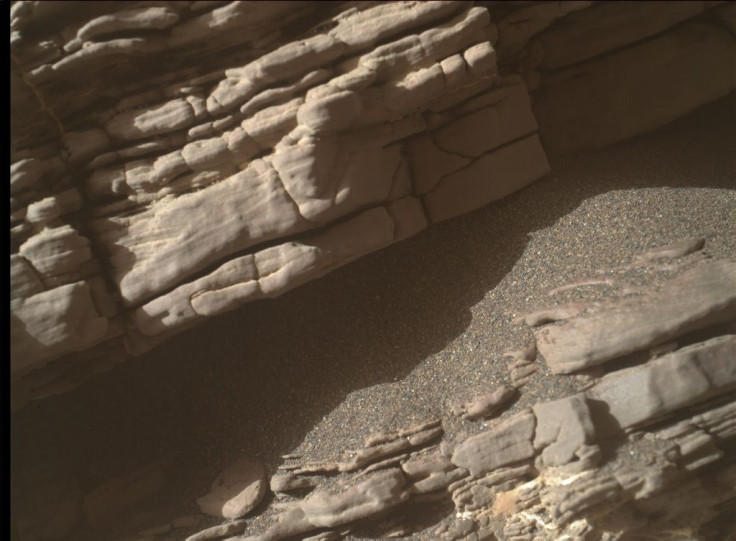NASA Photo Captures ‘Ancient God’ Statue On Mars

Mars’ rocky and sandy surface is more than just an ideal place to search for possible life. For alien enthusiasts and UFOlogists, the Red Planet also has a treasure trove of the most interesting images and oddities ever found outside of Earth.
Thanks to NASA photos taken by space exploration tools such as rovers and orbiters, space enthusiasts get the chance to see planet Mars’ interesting surfaces. UFOlogists also use many of the images to create their own theories about alien planets.
The “discoveries” are mostly speculations, but it has not stopped some scientists from giving their own insights. For example, a photo that seemingly showed a “woman” wearing a flowy dress on the Red Planet was able to get some people in NASA’s Jet Propulsion Laboratory talking.
They eventually dismissed the image as nothing more than rock formation but it did not stop the rest of alien believers from exploring more of the photos. In time, other images have been found, including a supposed fish fossil, a rat, a penguin and even a Sasquatch skull.
Now, another popular “discovery” was an image that was captured roughly four years ago by the NASA rover, Opportunity. According to CNET, alien enthusiasts spotted a “face” that seemingly looked like the face of an “ancient god.”
First released by the now-defunct website, UFO Sightings Daily which tries to report on various alien activities, the image is said to be part of a panoramic image taken by the Opportunity rover. The “god” in question is the Neo-Assyrian attendant god that’s associated with Nabu, the god of wisdom. Photos of the said god can be found in archaeological museums where it is usually depicted as a winged lion.
The CNET report said that the image looks like the face of a Mesopotamian king that can be found in the British Museum. There are various theories for the existence of the face on the Red Planet. First is that the ancient Assyrians were actually able to develop sophisticated technology for space travel and zipped all over the Solar System and leaving behind sculptures which NASA has discovered.
Next, aliens actually worshipped the ancient Assyrian gods and perhaps the most convincing of all, what was seen in the photo is simply that - a rock that resembles a face.
© Copyright IBTimes 2025. All rights reserved.





















